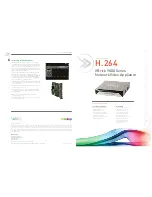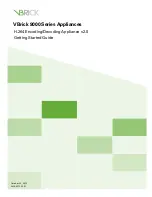
Leonardo System 3000
Manuale installazione
Leonardo System 3000
Technical Manual
Rev. 1.0
14-05-2012
This document is the property of
WESTERN CO. Srl
- All rights are reserved - Reproduction and use of information contained within this document is forbidden without the written consent of
WESTERN CO.
Srl
11
The device is equipped with cable for battery connection – length of 1,5m and section of 25mmq. For this reason it is
highly recommended to install the battery bank at a distance such as to maintain the original cable for the
connection. Increasing the distance with the battery bank results in an increase of voltage drop on the cable during
operation and, therefore, an erroneous reading of battery voltage.
Use the supplied cable to make the connection to the main terminals of battery and, in case of a battery bank
formed of more elements in series or in parallel, use a cable with minimum section of 25mmq for the wiring of each
element in series or in parallel.
We recommend the installation of the device on a solid wall in a vertical position in order to ensure an adequate air
circulation, due to forced ventilation of the unit. For this reason please avoid installation in areas rich in dust and
dirt.
STARTING AND TESTING OF THE SYSTEM
Once made the connections as in Fig 14, it is necessary to start up and test the system:
1) Verify the switching ON of
Leonardo System 3000
in case of stand-by status, activate through ON/OFF button.
2) Verify the correct reading of the battery voltage, otherwise, verify the correct installation of the battery bank.
3) From the display of n. 04 WRM15 charge controllers, verify the correct functionality and recharging of PV power.
4) Activate, if present, the AC input line with its own switch, the AC battery charger turns on to restore the battery to
an initial state of full charge (Fig. 4).
5) Verify the activation of AC output line; if there is a load the inverter delivers power and the status is available from
luminous indications of LOAD.
6) according to the battery charge conditions and AC input line presence, we can observe the correct working of the
inverter control logic, as shown in Fig. 4.
MECHANICAL FEATURES
Fig. 15 Mechanical features


































